More and more people love the spicy flavor of peppers. If you want to harvest fresh peppers at any time, try planting them on your balcony. Master the following 5 key techniques—even in limited space, peppers will hang densely on the branches, with each plant bearing dozens of fruits. Just 3 plants can meet your annual consumption needs.
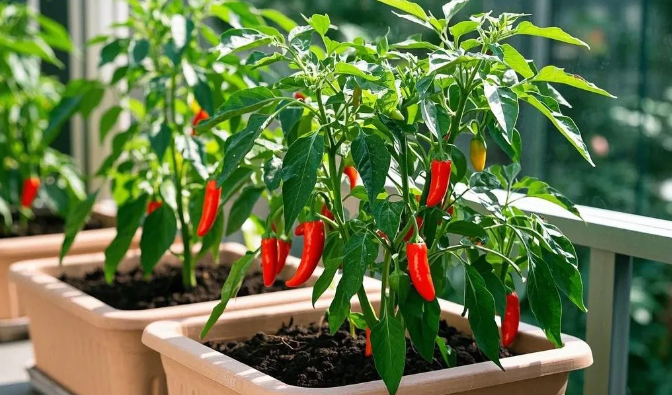
Peppers are heat-loving crops, with the best sowing period in spring or early autumn. Sowing after the temperature rises in spring (e.g., February-March in southern China, April in northern China) allows pepper seedlings to make full use of the warm season for growth, extending the fruiting period and even yielding 2-3 more crops. Sowing in early autumn (e.g., September-October) is suitable for warm regions in the south, avoiding summer high temperatures and enabling peppers to bear fruits continuously in cool climates.
Take seeds from mature peppers (such as red peppers or green peppers), soak them in clear water for 24 hours to accelerate germination, and sow them after the seeds show white tips.
Prepare the soil with loose and breathable humus soil + garden soil + coarse sand (ratio 5:3:2). After sowing, cover with a 0.5 cm thin layer of soil, water thoroughly, and cover with plastic wrap (leaving air holes) to maintain soil moisture. Seedlings will emerge in about 5-7 days, then remove the cover.
Directly purchase robust pepper seedlings (choose seedlings with thick leaves and no pests or diseases), saving seedling-raising time and suitable for novices.
Use a flower pot with a diameter of 20-25 cm, planting only 1 plant per pot to avoid nutrient competition among roots. For long flower pots (e.g., 60 cm long), plant 2-3 plants at an interval of 30 cm.
Transplant when seedlings have 4-6 true leaves. Water the seedbed 1 day in advance and transplant with soil clumps to reduce root damage. After transplanting, place in a shady area for 3 days to slow down, then move to a sunny position.
When potting, lay a 5 cm thick layer of decomposed organic fertilizer (such as dry chicken manure, sheep manure, or bean cake fertilizer) at the bottom of the pot, cover with soil, and then plant the seedlings. Base fertilizer provides continuous nutrients to support the entire growth period of peppers.
Seedling stage: Do not fertilize within 1 month after transplanting to avoid root burning.
Vigorous growth stage: After the seedling height reaches 15 cm, apply thin liquid fertilizer (such as fermented rice washing water or fish protein fertilizer) twice a month to promote leaf and stem growth.
Flowering and fruiting stage: Apply phosphorus-potassium fertilizer (such as bone meal or potassium dihydrogen phosphate) once a week to improve fruit setting rate and make fruits plump and bright.
Timely fertilization after fruit picking: After each picking, bury a small amount of decomposed sheep manure or compound fertilizer to reserve energy for the next crop.
When the plant grows to 15-20 cm, pinch off the top growing point (topping) to promote the germination of 2-3 lateral branches.
When the lateral branches grow to 10-15 cm, top the lateral branches again, finally forming an "umbrella-shaped" plant type. Each lateral branch can bear 5-8 peppers, with the fruit yield increasing by more than 1 time compared to non-topped plants.
Indoor planting lacks insect pollination, so gently shake the plant during the flowering period or use a cotton swab to dip the stamen pollen and apply it to the pistil stigma. Successfully pollinated flowers will swell rapidly to form fruits.
Peppers need 6-8 hours of direct sunlight daily, with a south-facing balcony being the best. Insufficient light easily leads to flower and fruit drop, and the fruits have light color and weak spiciness.
The suitable growth temperature is 20-30℃. If the balcony temperature is higher than 10℃ in winter, peppers can continue to grow and even become "pepper trees", bearing more fruits in the second year.
Planting peppers on the balcony does not require complex tools—just grasp sowing time, reasonable fertilization, timely topping, and artificial pollination to achieve high yield. From spring to autumn, harvest crop after crop, enjoying both the fun of planting and the convenience of picking fresh peppers for cooking at any time. Try these 5 techniques and let your balcony be filled with heavy clusters of peppers!
欢迎关注微信公众号:泛米米的小菜园
12本阳台种菜电子书限时免费送
关注【泛米米的小菜园】,发送“电子书”免费获取
随时随地在手机上学习交流阳台种菜
这篇文章出自 fanmimi 如需转载请注明出处;
这篇文章的地址:https://fanmimi.com/2025/583.html
本站部分资源收集于网络,纯个人收藏,无商业用途,如有侵权请及时告知!

 阳台盆栽萝卜容易出现的问题和原因,如萝卜畸形、裂根、黑皮黑心等
阳台盆栽萝卜容易出现的问题和原因,如萝卜畸形、裂根、黑皮黑心等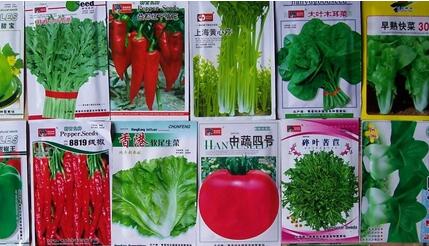 常见蔬菜种子发芽方法大全,阳台种菜蔬菜种子催芽方法
常见蔬菜种子发芽方法大全,阳台种菜蔬菜种子催芽方法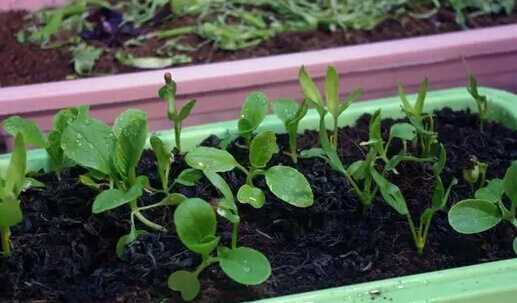 北京9月份适合种什么菜?北京秋季适合种什么蔬菜?
北京9月份适合种什么菜?北京秋季适合种什么蔬菜? 蔬菜也会缺钙?防治点这里
蔬菜也会缺钙?防治点这里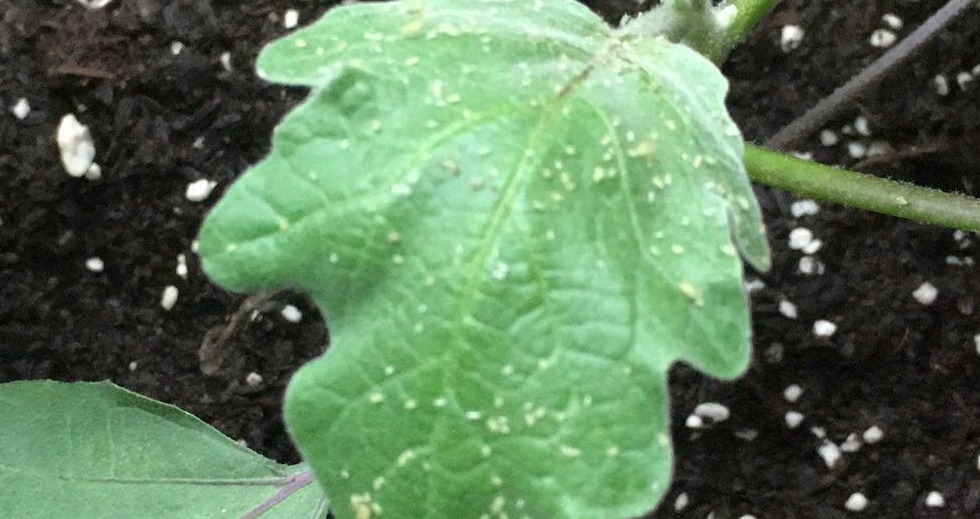 阳台种菜有小黑飞和各种虫子怎么办?有什么安全环保的方法消灭小黑飞和虫子
阳台种菜有小黑飞和各种虫子怎么办?有什么安全环保的方法消灭小黑飞和虫子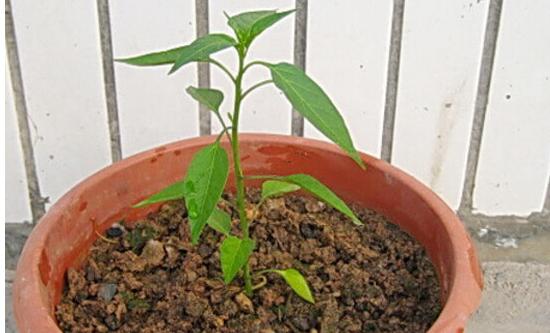 阳台种菜播种的种子不发芽怎么办?蔬菜种子20多天了都不发芽怎么回事?怎么自制发酵有机肥
阳台种菜播种的种子不发芽怎么办?蔬菜种子20多天了都不发芽怎么回事?怎么自制发酵有机肥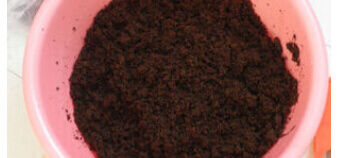 纯椰糠种菜好吗?用椰糠种菜还需要加土吗?
纯椰糠种菜好吗?用椰糠种菜还需要加土吗?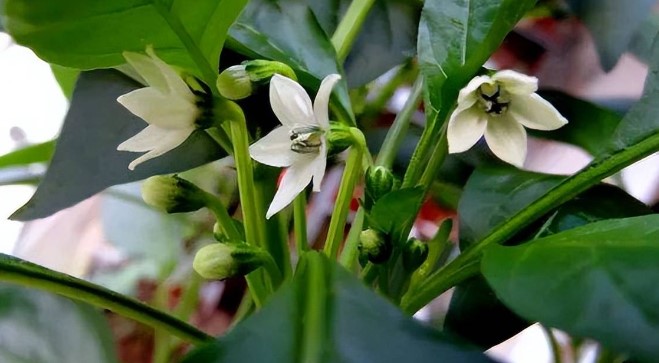 辣椒开花晚是什么原因?辣椒开花比较迟是什么问题?
辣椒开花晚是什么原因?辣椒开花比较迟是什么问题?